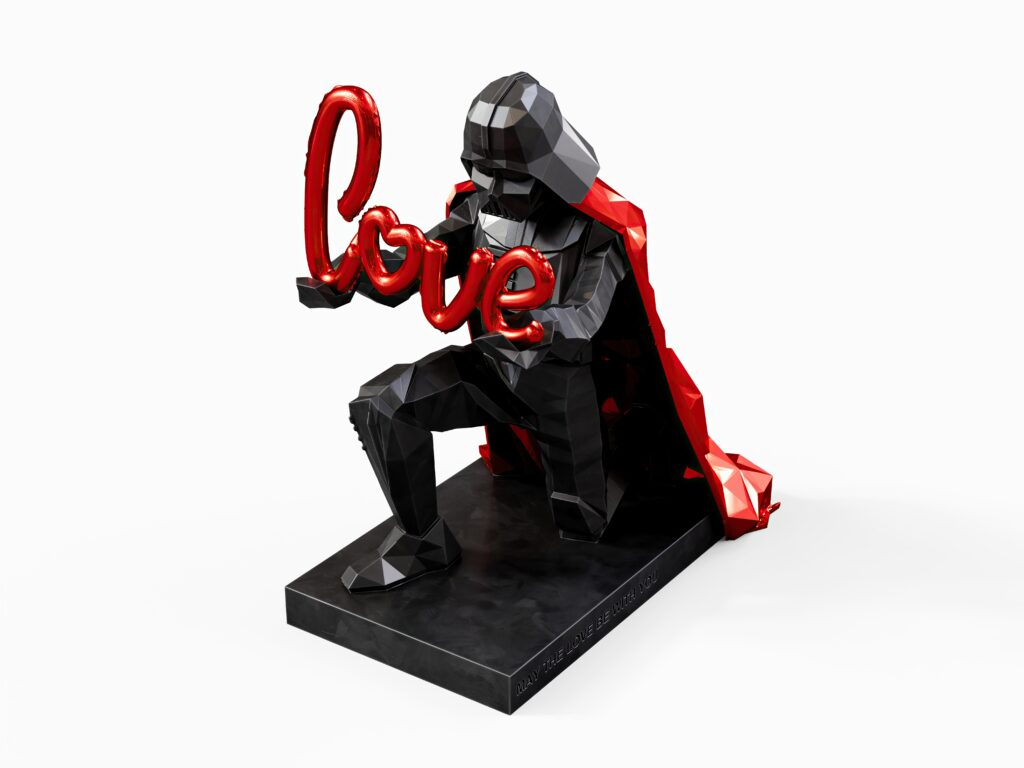In the ever-evolving world of furniture marketing, CG renders have emerged as a game-changer. Gone are the days of relying solely on traditional product photography. Thanks to modern 3D technologies, furniture manufacturers and marketers can now achieve photorealistic visuals without the need for physical prototypes, studios, and photographers. All it takes is a well-prepared rendering brief with detailed texture references.
It cannot be stressed enough how crucial texture references are in the creation of CG renders for furniture. Without accurate references, 3D artists are unable to recreate the exact textures and materials, resulting in subpar renders that lack the desired realism. Therefore, when preparing a brief for rendering, manufacturers and marketers must ensure that their texture images are taken properly. Here are five professional tips to guide you in capturing high-quality texture photos for your rendering brief.
1. Take Two Shots of the Sample
To provide comprehensive texture references, we recommend sending two types of texture photos to the CG studio: a front view and a corner or ¾ view. The front view captures the color and patterns of the material accurately, without any perspective distortion. This image serves as the basis for the texture map and contributes to achieving photorealism in the final renders.
On the other hand, a corner or ¾ view allows artists to understand the material’s gloss, relief depth, reflectivity, and other important parameters that can only be observed from specific angles. This understanding enables the CG artists to replicate these characteristics faithfully in their renders, resulting in detailed and realistic furniture pieces.
2. Pay Attention to Lighting
The correct lighting setup is crucial when capturing material photos for furniture renders. Overexposure and excessive lighting can lead to unwanted flares and glares, resulting in flat and unrealistic images. Similarly, dark images can obscure the material’s structure and affect color accuracy, rendering them unsuitable for CG renders.
One effective lighting option is soft natural light without direct sunbeams, which can be achieved by shooting on a cloudy day or in the morning. A white backdrop helps distribute the light evenly, avoiding overexposure. Alternatively, renting professional lighting equipment allows for precise control over lighting sources, ensuring accurate color representation and capturing fine details in the texture.
3. Eliminate Shadows
Shadows can significantly impact the usefulness of a texture reference photo for CG renders. It is essential to minimize or eliminate any shadows cast on the material during the photography process. Removing objects that cast shadows, keeping the photographer’s body or hand from overlapping the main object, and using a tripod can help achieve shadow-free texture photos.
4. Remove Distracting Elements
To capture the essence of the material fully, ensure that no other objects obstruct or overshadow it. Common mistakes include inadvertently including fingers holding the sample or having brightly colored objects near the sample, which can affect color accuracy. Shooting vertically with a tripod can help eliminate distracting elements, allowing the texture to take center stage.
5. Zoom Carefully
When photographing furniture materials, it is tempting to zoom in as much as possible to capture every minute detail. However, excessive zooming can result in blurry or distorted images, making them unsuitable for CG renders. It is advisable to shoot at a short distance that maintains clarity and preserves the texture’s integrity. High-quality resolution is achievable without sacrificing the accuracy of the material.
By following these five professional tips, you can ensure that your texture references provide the necessary information for 3D artists to create photoreal CG renders of your furniture pieces. Don’t hesitate to choose a reliable furniture marketing agency that offers top-tier digital rendering services, such as our company, Viz Furniture. We specialize in creating custom 3D models with realistic textures to enhance your furniture marketing campaign.

